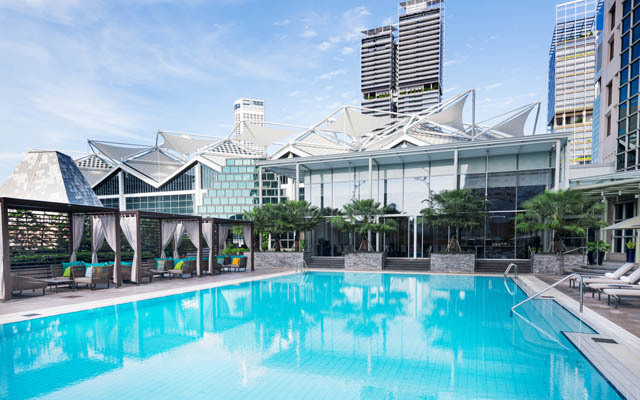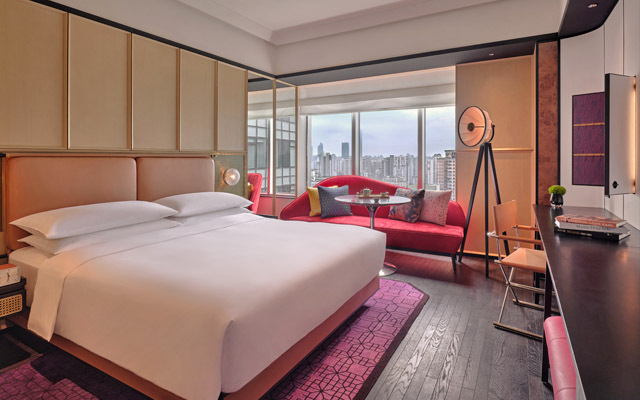TOURISTS spend most of their time in the immediate vicinity of their hotel and the time of day they visit specific attractions varies according to the location of their lodgings, found a new study.
According to a research paper by Bob Mckercher of the school of hotel and tourism management, The Hong Kong Polytechnic University (PolyU), graduate student Erica Ng and two co-authors, “hotel location has a profound impact on tourist movements”.
For the study, researchers tracked the movements of guests staying at four different hotels in Hong Kong each situated in a different part of the territory – within the Nathan Road shopping area, Kowloon; on the edge of the Tsim Sha Tsui tourism district, Kowloon; in the Central business district of Hong Kong Island; and in the Causeway Bay shopping district of Hong Kong Island.
Three critical findings were made. Firstly, tourists moved mainly within the hotels’ immediate vicinity. Secondly, Victoria Harbour was a barrier to movement across to Kowloon for tourists staying on Hong Kong Island, and vice versa to a lesser extent.
However, iconic attractions were immune to effects of hotel proximity, with attractions such as the Peak and Stanley Market attracting a large share of tourists.
Location also influenced how tourists engaged with a destination. Kowloon-based participants who took shuttle buses to the Star Ferry pier were found to spend less time in the area while those staying near Nathan Road were much more likely explore Nathan Road and the street markets.
Furthermore, the nearer an attraction was to the hotel, the earlier in the day tourists were likely to visit it. Researchers raised the example of visitors putting up on Hong Kong Island, who were more likely to visit the Peak earlier in the day, while those staying on Kowloon tended to visit the same attraction between mid to late afternoon.
Distance delay, or the extent of decrease in time spent at a location the further it is from point of origin, was also found in effect for travellers to Hong Kong. For instance, 40 per cent of the time guests at the Central hotel spent outside was restricted to a two-kilometre radius around the property.




















